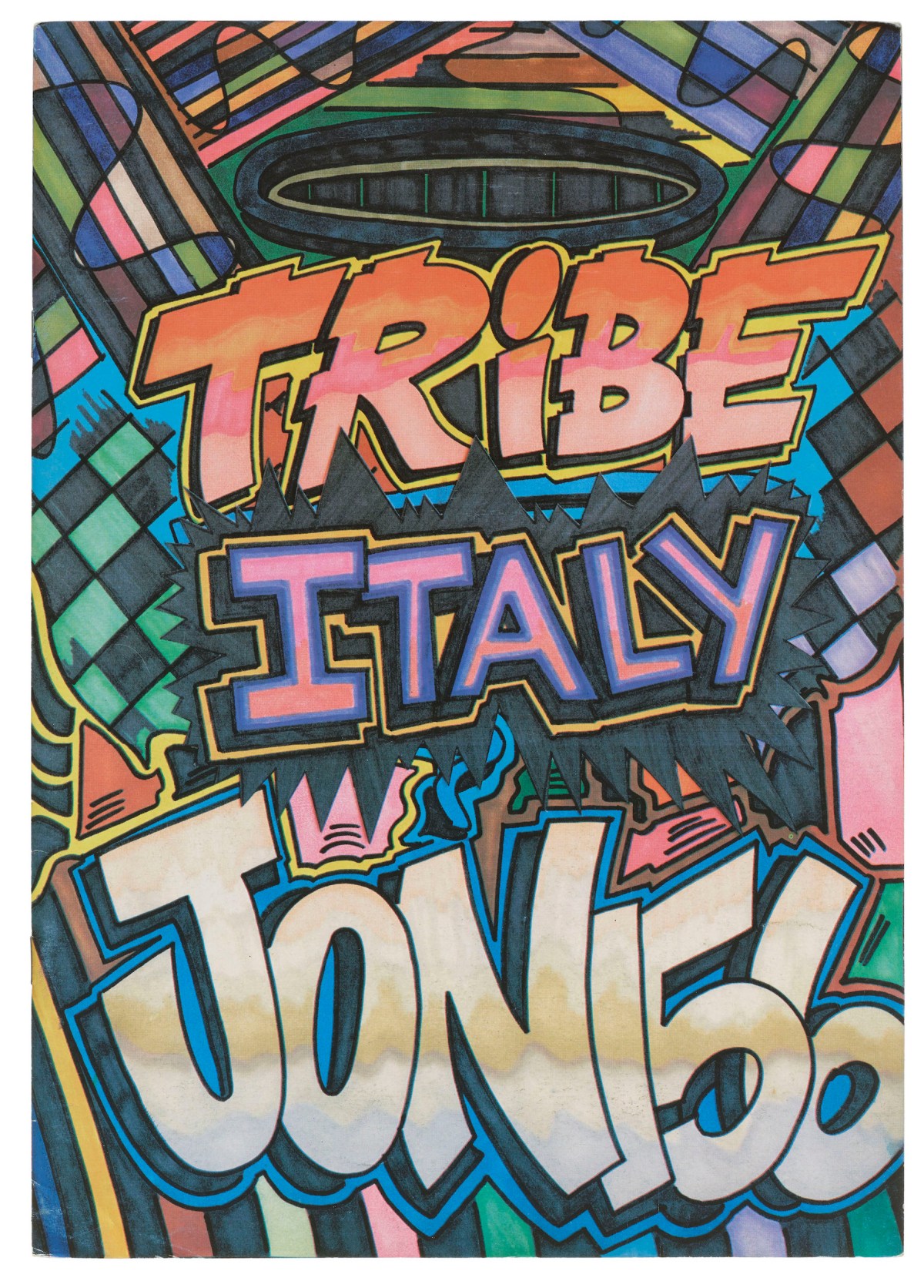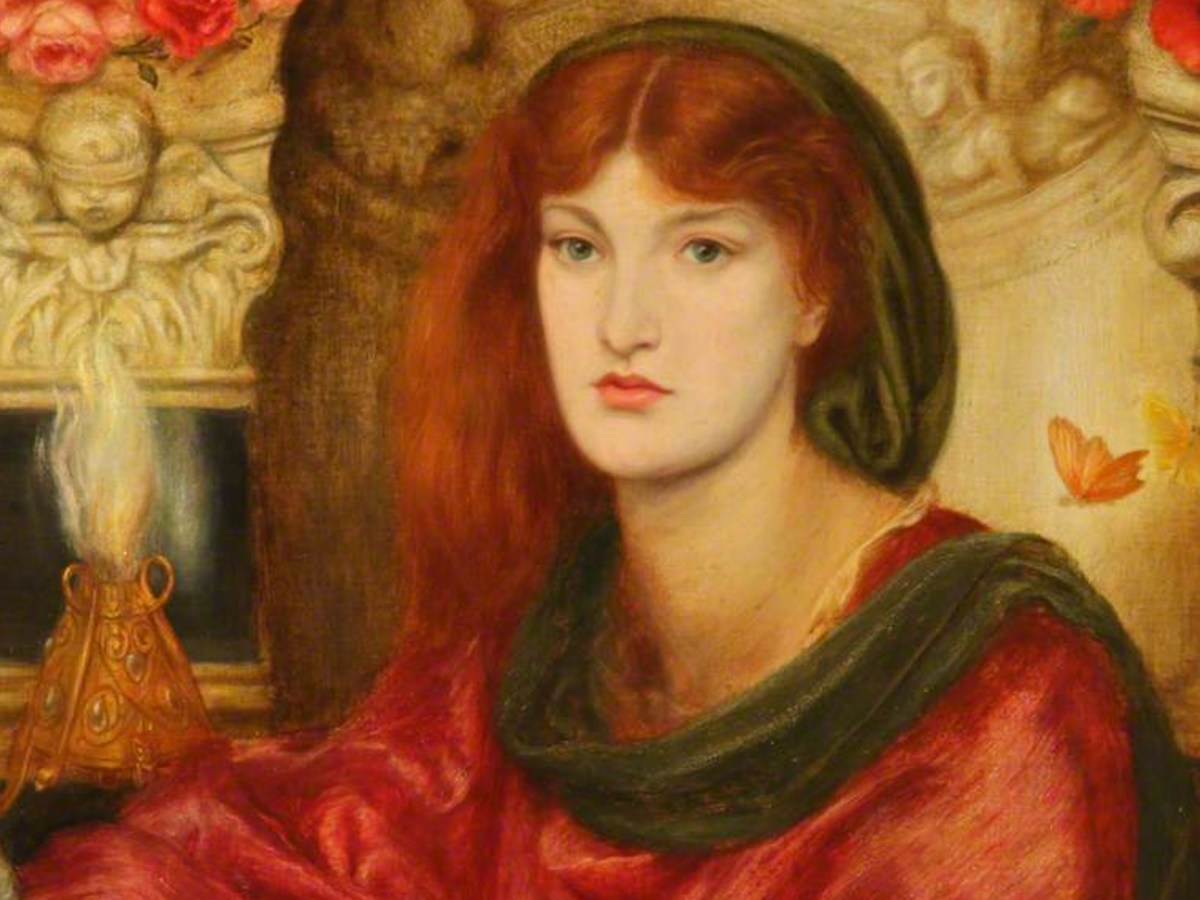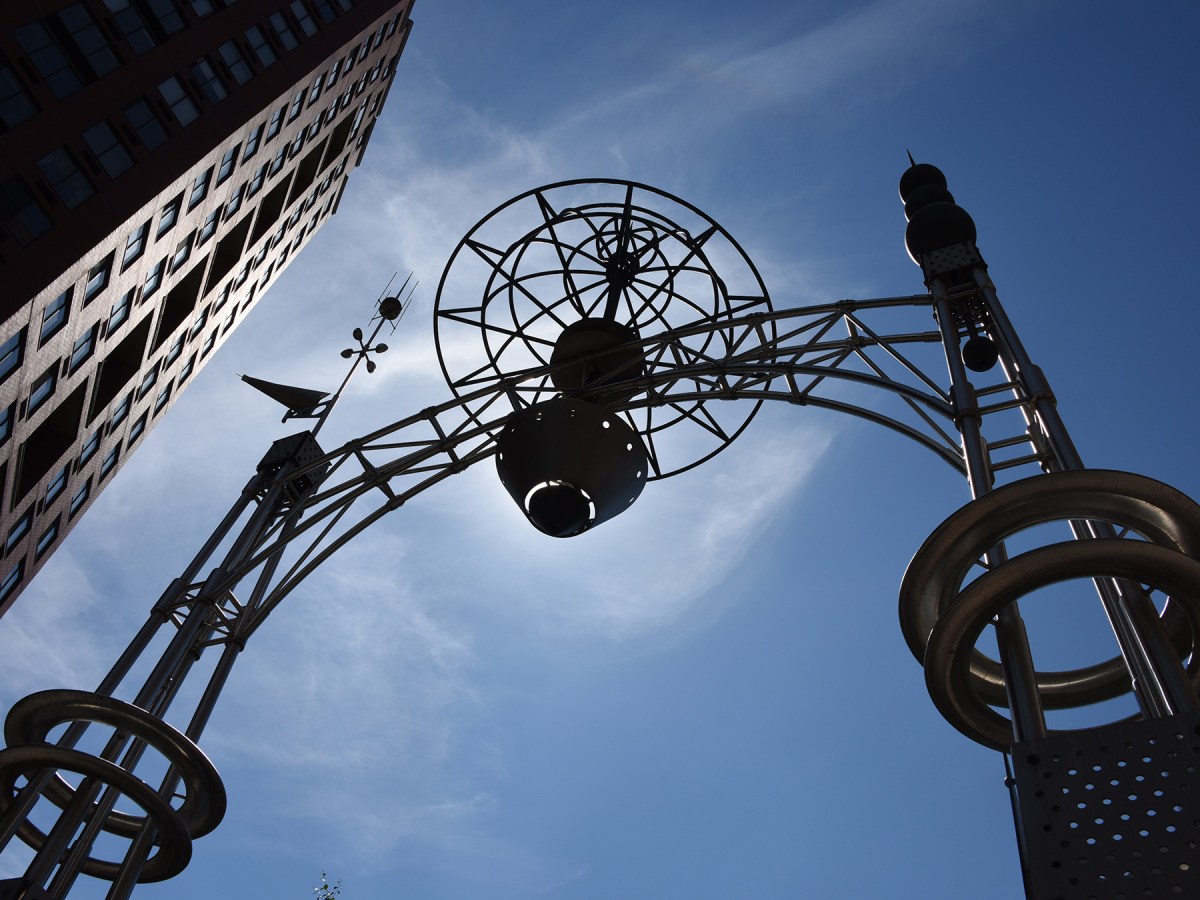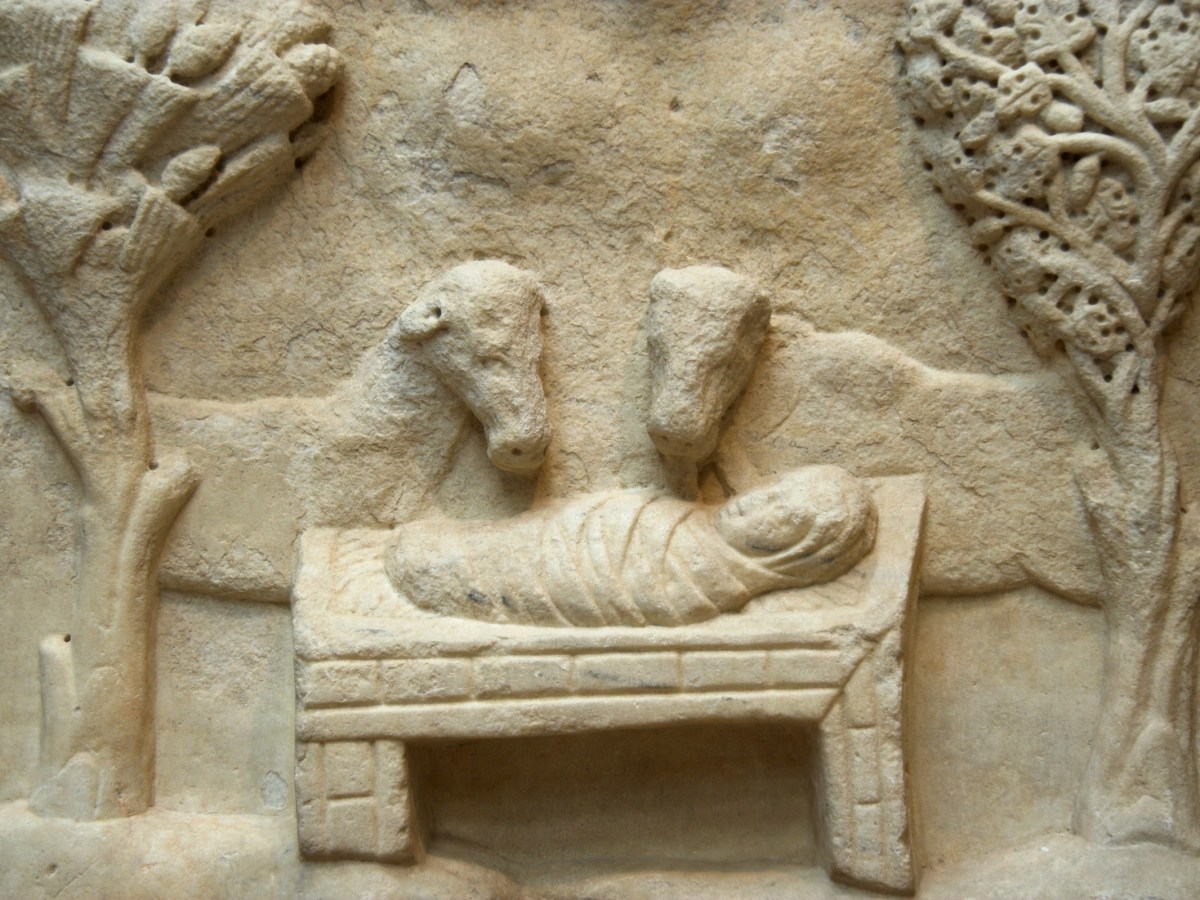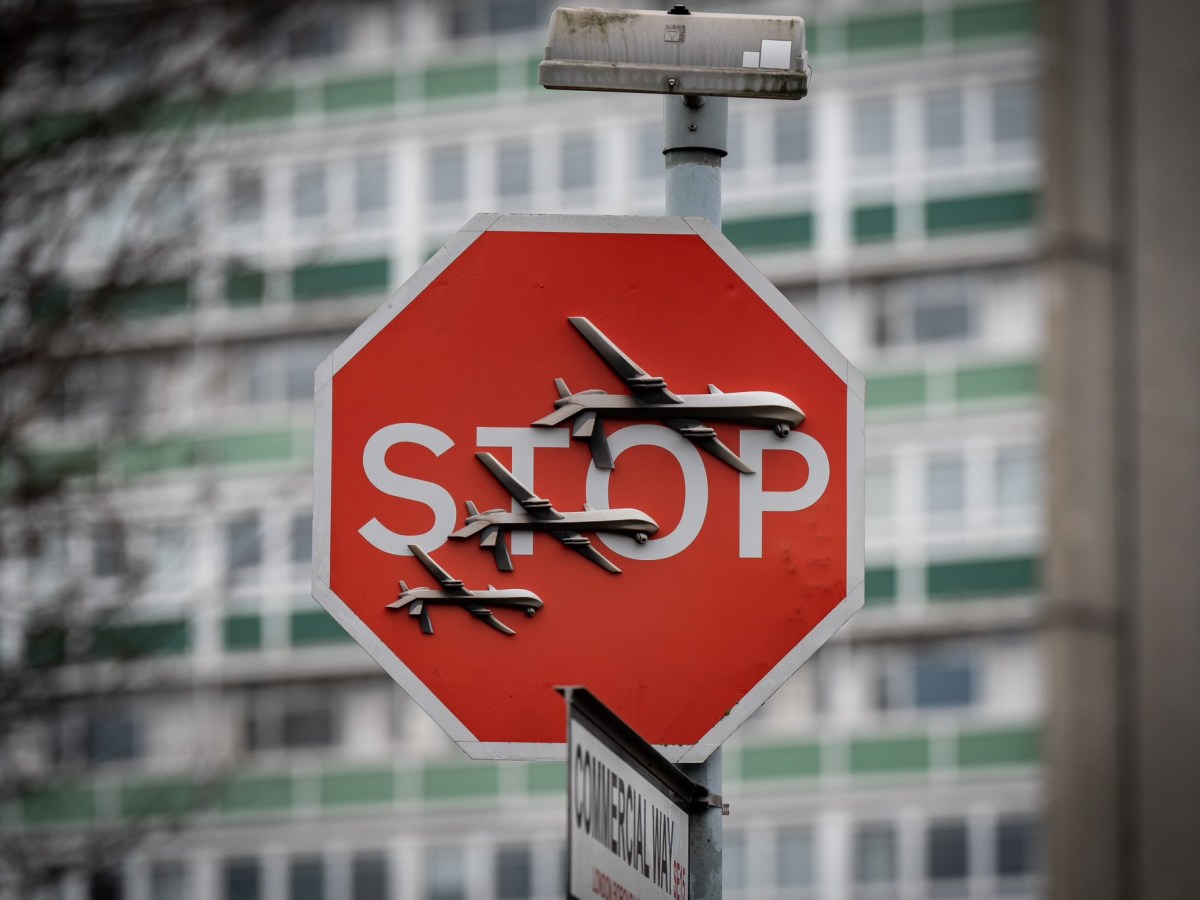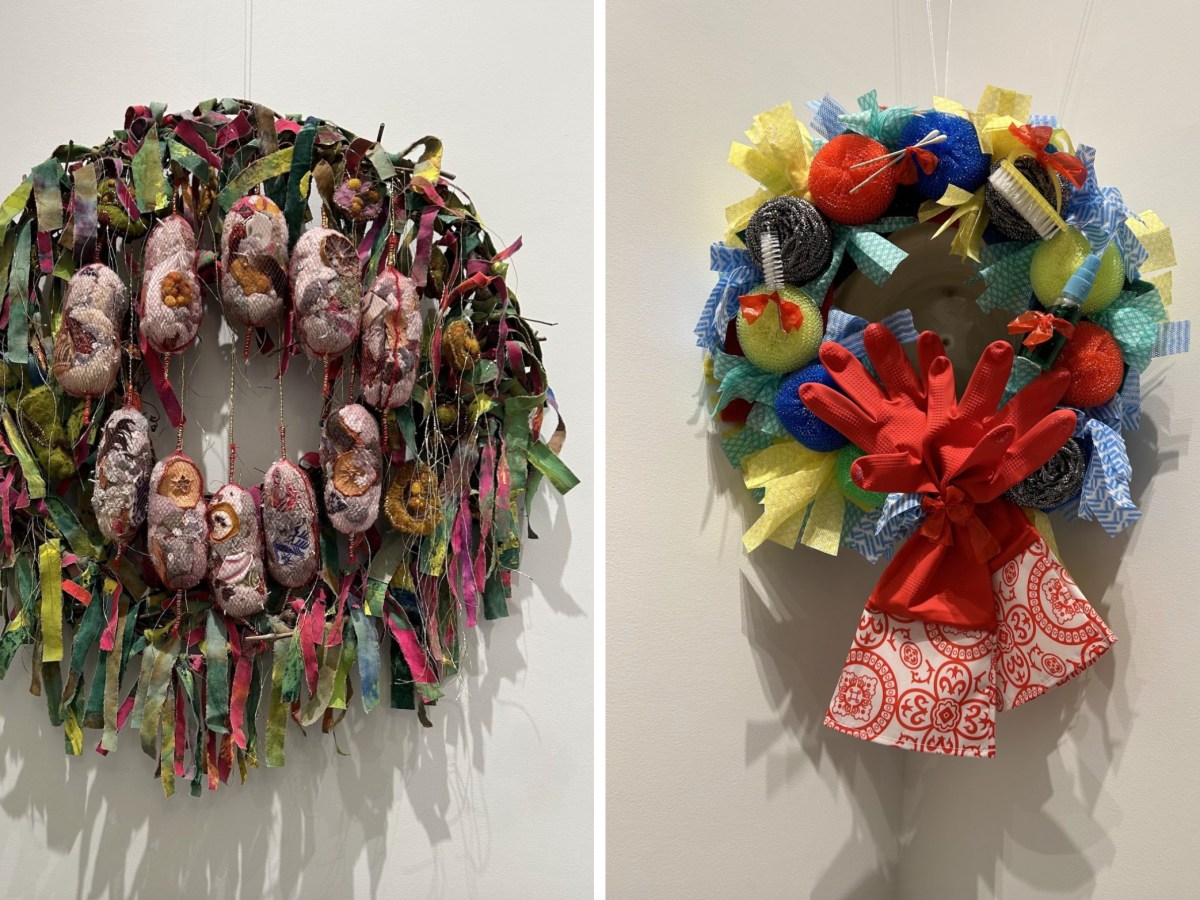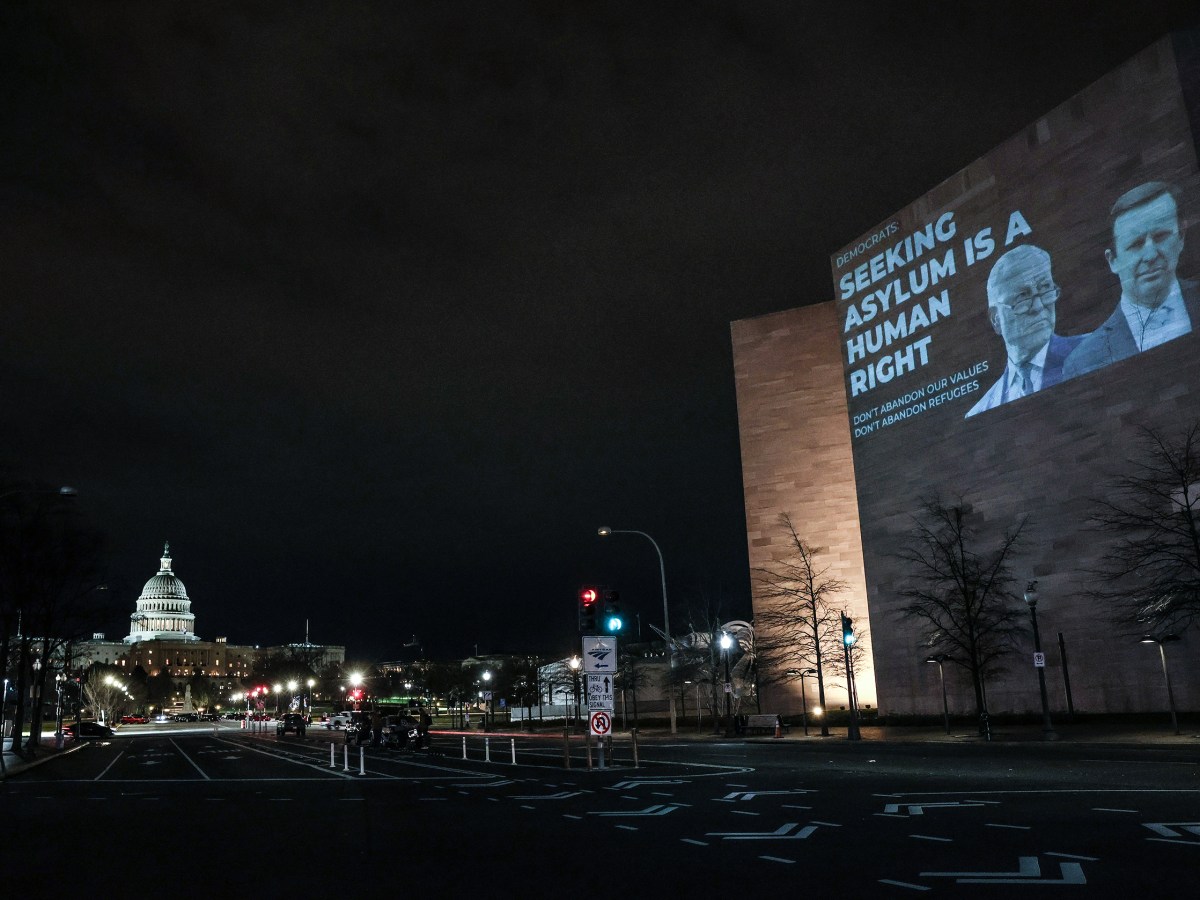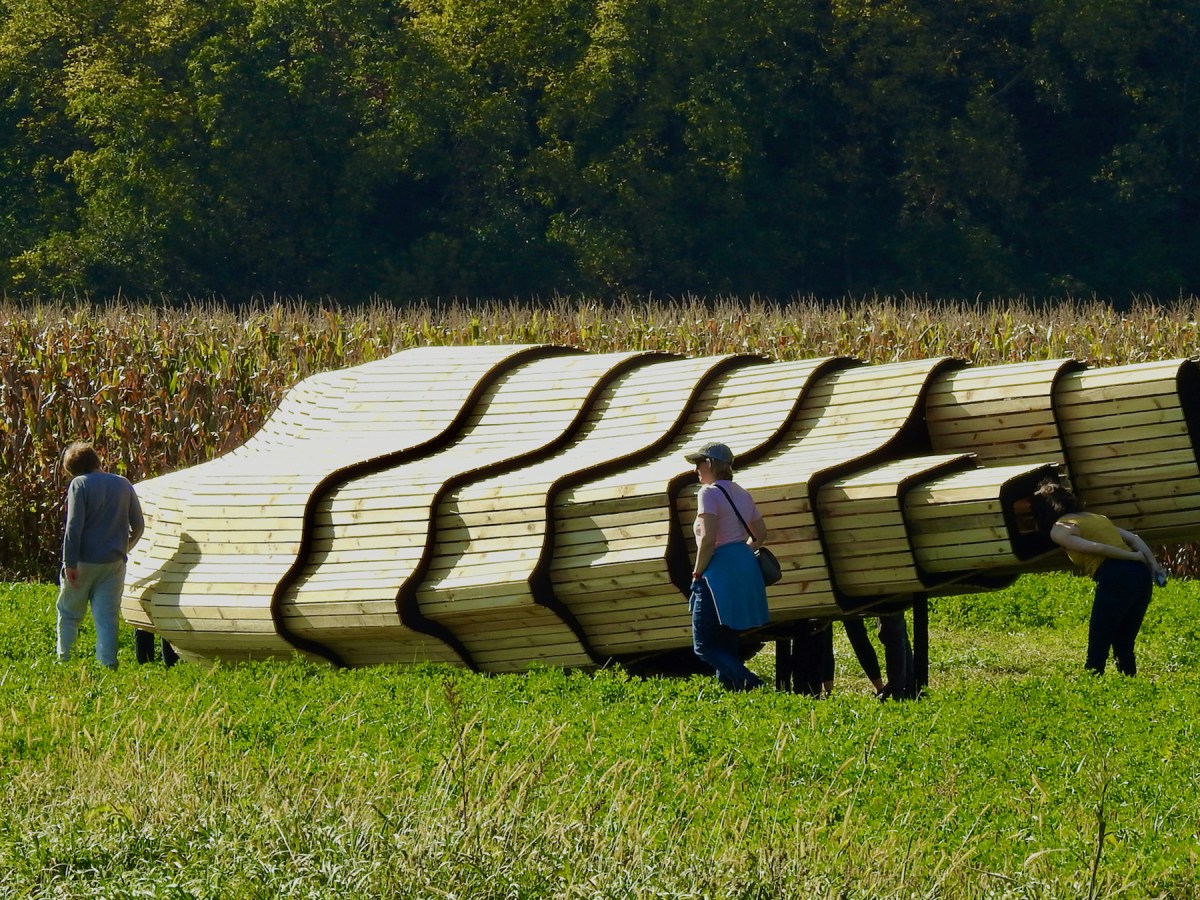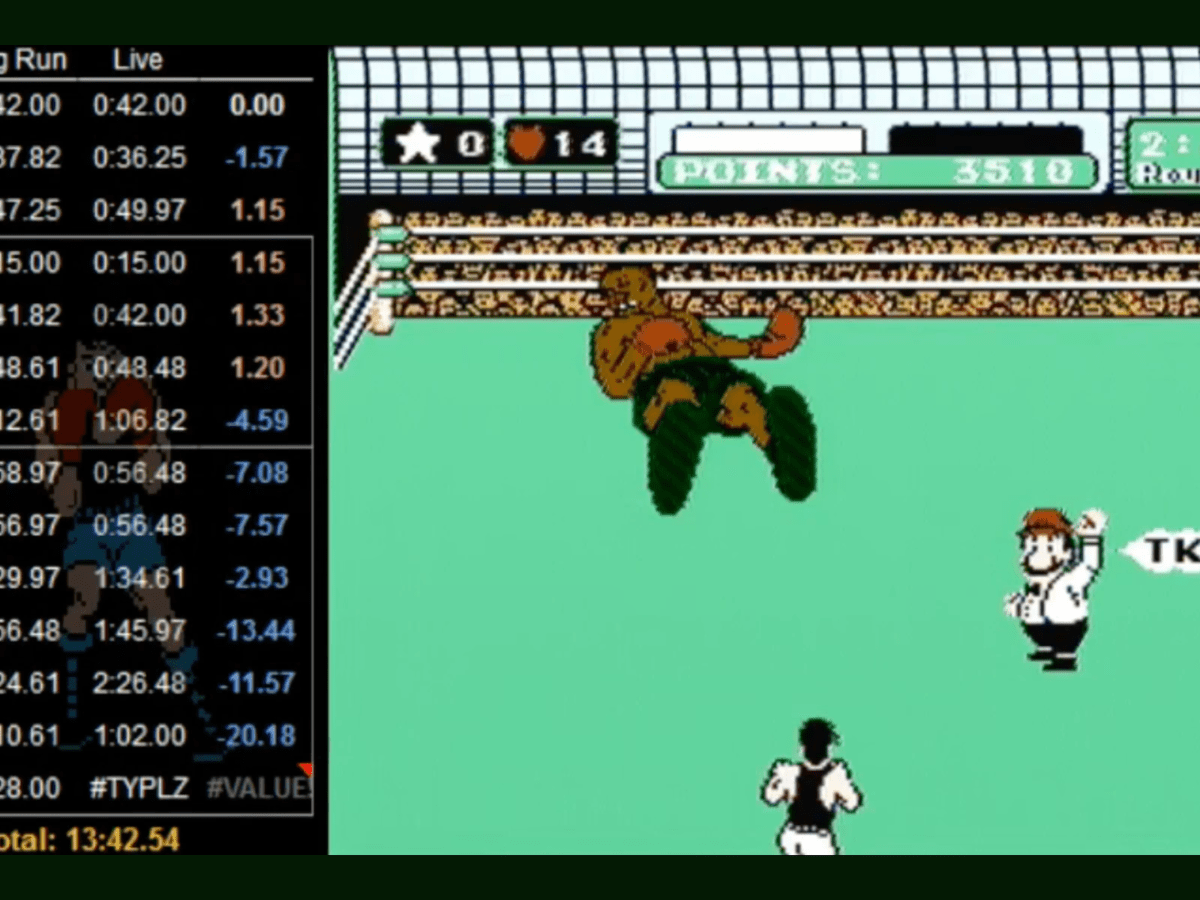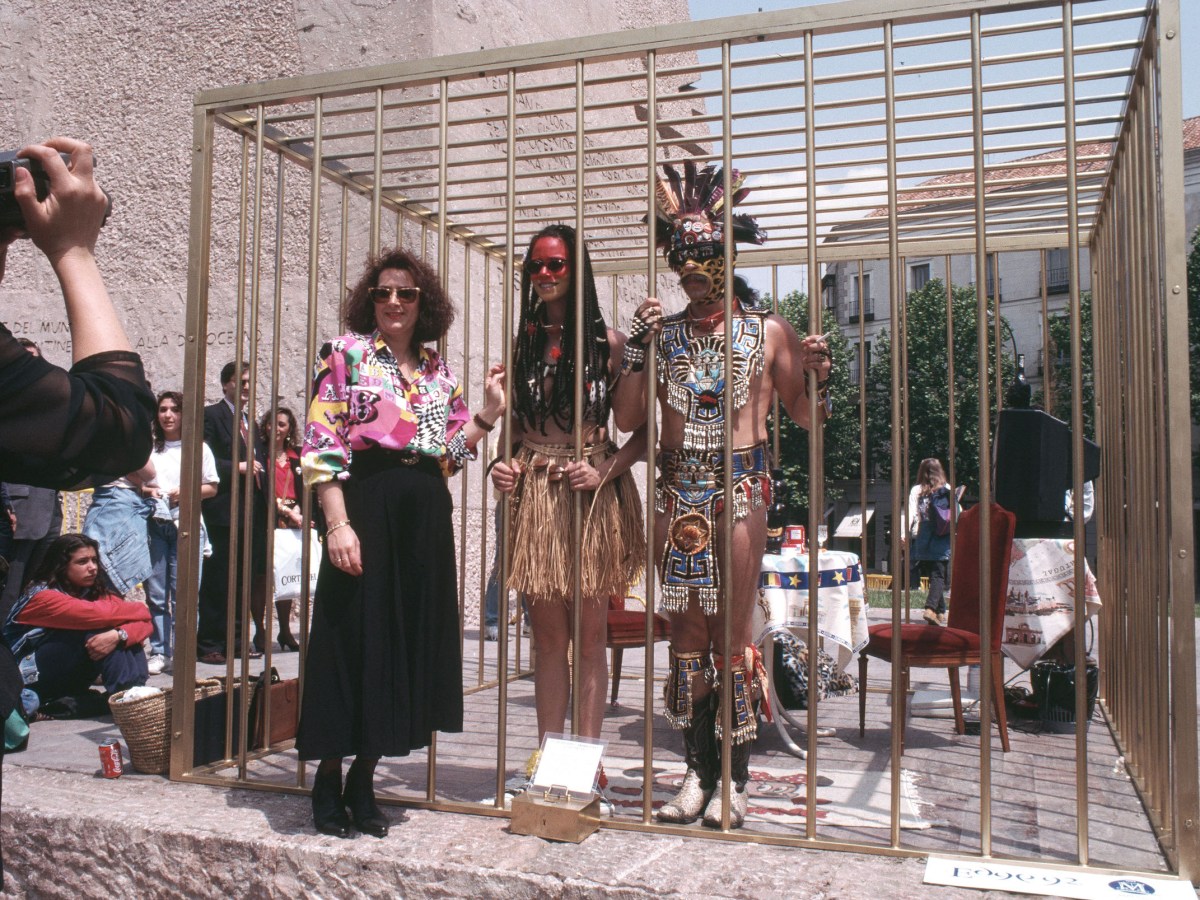SAN FRANCISCO — Every few months, a custodian at Greg Lamarche’s elementary school in Queens would climb up to the roof and throw all the tennis balls and frisbees that had landed on it down to the kids in the schoolyard. Lamarche, aka Sp.One, remembers looking at the roof and seeing a patch of exposed black tar. Someone had spray painted “We Don’t Need Ladders” in that spot.
“That’s really the first graffiti I remember reading and being like, ‘Wow,’” Lamarche told Hyperallergic. “That was the first real challenge of, ‘Okay, this is something I want to do.’”
Lamarche, now an artist and graphic designer, started writing graffiti and making collages when he was around 12. Pretty much everyone he knew had markers in their pockets, he said, and a couple of major highways and underground subway tunnels with parked trains nearby provided plenty of places to use them.
When he graduated from college in 1991, Lamarche describes the job market as bleak, so he moved into at his parents’ house in Massachusetts. One day he ran into an old friend, who was working as the night manager at a copy shop in Boston. “Funnily enough, it was called Copy Cop, and their motto was ‘Call the Cops’,” Lamarche laughed.
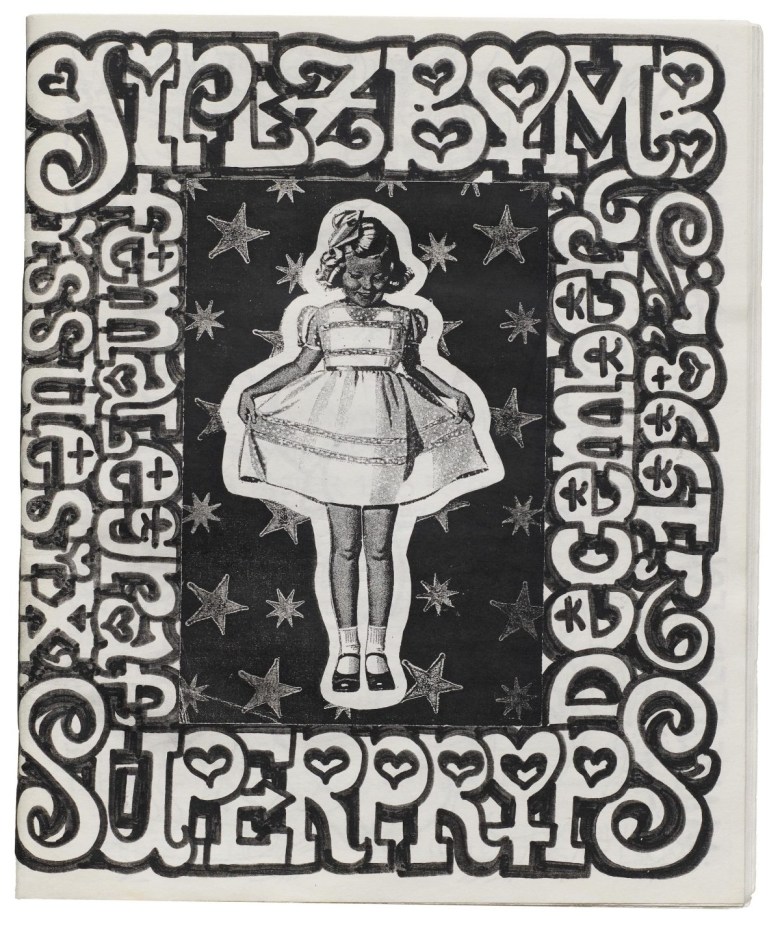
From his friend’s invitation to make color copies and enlarge photos came the idea to start a magazine. That magazine was Skills (1992–95), a seminal publication with an outsized influence for its short run. Contributors sent in their photographs (or “flicks”) and Lamarche arranged them into collages, which he photocopied, producing 100 copies of the first issue. In 1993, the music chain Tower Records picked it up for distribution, and 10,000 copies of the seventh and last issue were printed.
The magazine’s seven issues make up part of the exhibition Subscription to Mischief: Graffiti Zines of the 1990s at Letterform Archive, curated by Lamarche, along with his longtime friend David Villorente (Chino BYI), Kate Long Stellar, acting deputy director and librarian at Letterform, and Kel Troughton. Along with Skills, the exhibition includes more than 40 zines from all over the world, many inspired by the magazine, as well as letters, flicks, and submissions to Skills.
Troughton, a graphic designer who teaches type design at Letterform, grew up spray painting large, labor-intensive paintings in Northern California. He thought Letterform needed a graffiti collection, and he found an ally in Stellar. Part of the problem, Stellar noted, is that Letterform doesn’t collect photos, which are often the way that graffiti is documented.
“So how do we show it authentically if we’re not using photographs?” she asked. “We started talking about reference books because there are a ton of really important ones, and also about magazines because they were hugely important to the culture, especially in the ’90s.”
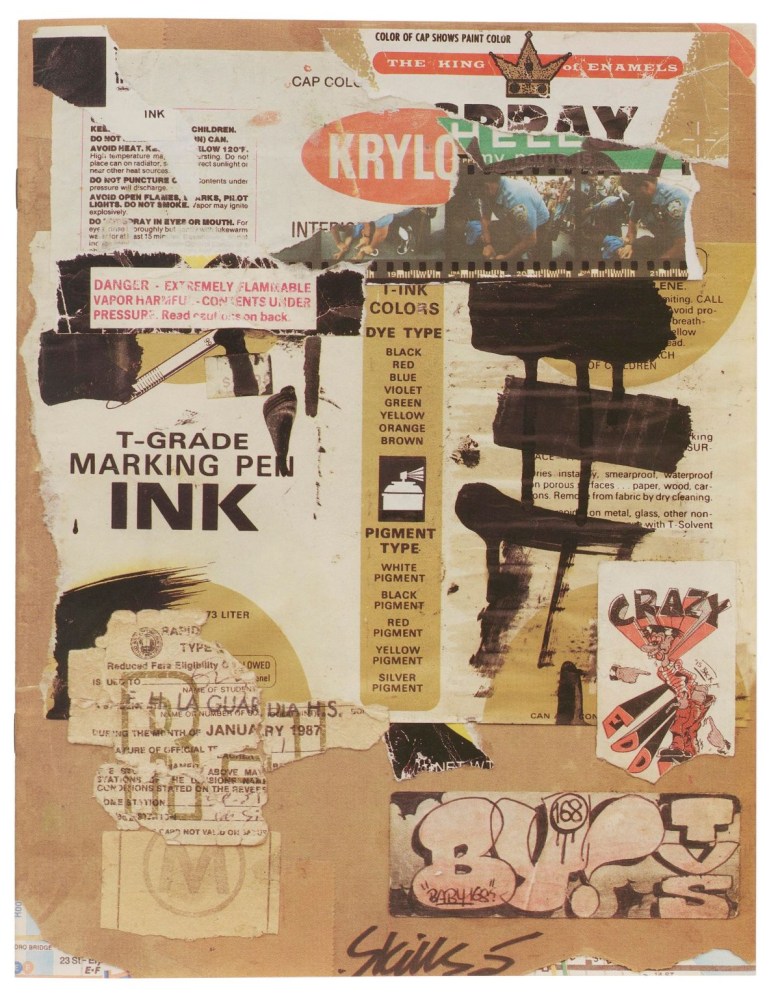
As an example of the creativity involved in graffiti, and how it can lead to careers in the arts, Stellar pointed to a wall with a copy of Graphic Scenes and X-plicit Language, a zine made by Sacha Jenkins, who has written for magazines such as Vibe, worked as a creative consultant and writer on the TV show The Boondocks, and directed documentaries.
“Usually graffiti’s a study of letters, a study of shape, and a study of color,” Stellar said. “These things end up becoming part of people’s professional practice.”
When planning the exhibition, Troughton reached out to Lamarche, who suggested bringing in Villorente, who had edited The Source’s “Graf Flix” column for more than a decade and boasts an encyclopedic knowledge of graffiti writers.
The show includes the work of artists beloved to both graffiti writers and the wider world. For Villorente, the Community Service section is particularly meaningful. It showcases the global community in a pre-internet era, with a wall displaying letters, drawings, and flicks that Lamarche received while making Skills. Villorente finds something intimate in encountering this.
“It’s a community of future all-stars a few years before their rookie season in the league. These guys were just doing it because they loved it. None of them were working professionals, so they were just passionate about what they were doing,” he said. “There were letters and drawings from Barry McGee and Shepard Fairey and Dash Snow, and all sorts of creatives who have gone on to do really interesting things years later. So maybe it’s like finding a teenage letter from James Baldwin or Stevie Wonder or your favorite artist, right? Like, how cool would that be?”
Both Stellar and Troughton have received positive responses to the exhibition, with lots of teenagers visiting, some bringing their parents along. “If we are interested in anything here, it is letters,” Stellar expressed. “So, it made sense to me that as a collection that’s really interested in accessibility and interested in letters, we look at one of the most democratic versions of letters that exists.”



Subscription to Mischief: Graffiti Zines of the 1990s continues at Letterform Archive (2325 Third Street Floor 4R, San Francisco, California) through January 7. The exhibition was curated by Greg Lamarche, David Villorente, Kate Long Stellar, and Kel Troughton.

